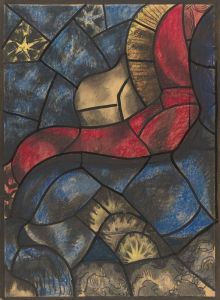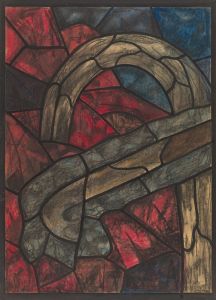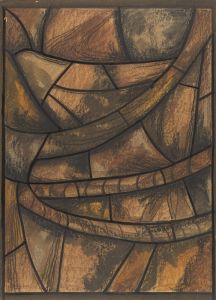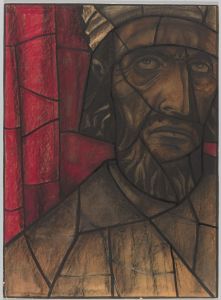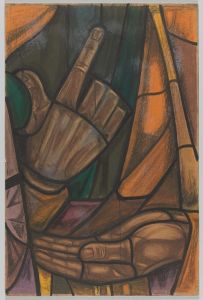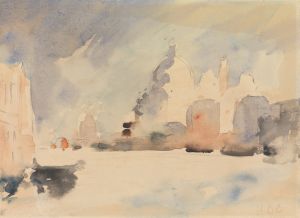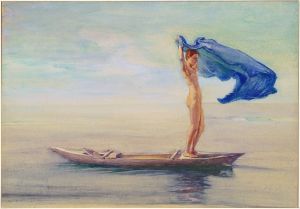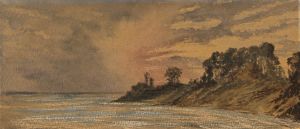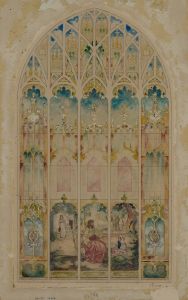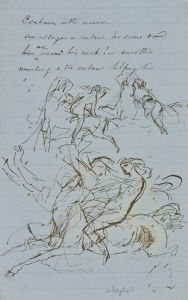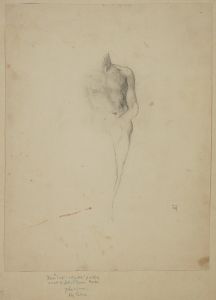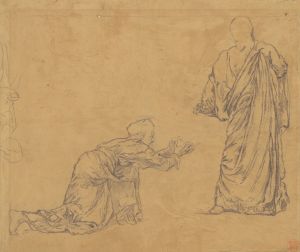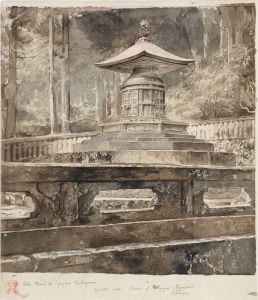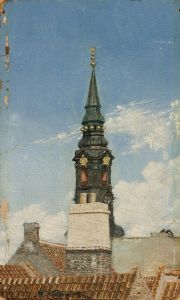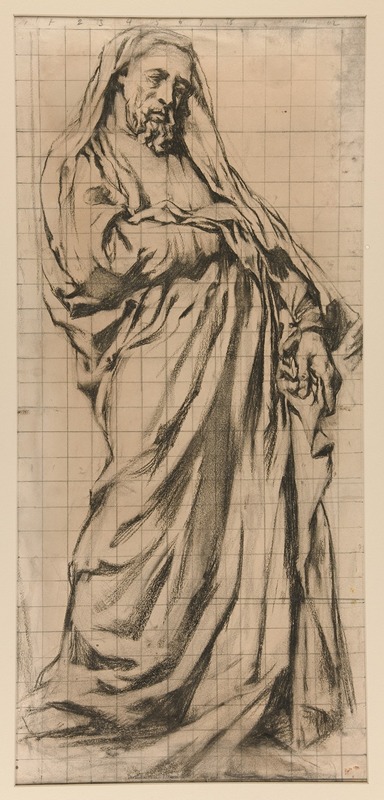
Study for Trinity Church; Jeremiah
A hand-painted replica of John La Farge’s masterpiece Study for Trinity Church; Jeremiah, meticulously crafted by professional artists to capture the true essence of the original. Each piece is created with museum-quality canvas and rare mineral pigments, carefully painted by experienced artists with delicate brushstrokes and rich, layered colors to perfectly recreate the texture of the original artwork. Unlike machine-printed reproductions, this hand-painted version brings the painting to life, infused with the artist’s emotions and skill in every stroke. Whether for personal collection or home decoration, it instantly elevates the artistic atmosphere of any space.
John La Farge was an influential American artist known for his work in stained glass, painting, and illustration during the late 19th and early 20th centuries. One of his notable works is "Study for Trinity Church; Jeremiah," which is a preparatory study related to his stained glass work for Trinity Church in Boston, Massachusetts.
La Farge was born in 1835 in New York City and initially studied law before turning to art. He traveled to Europe to study the works of the Old Masters and was particularly influenced by the Pre-Raphaelites and the French Impressionists. Upon returning to the United States, he became involved in the American Renaissance movement, which sought to integrate art and architecture in a way that was both beautiful and meaningful.
Trinity Church, located in the Back Bay area of Boston, is one of the most significant examples of American architecture from the period. Designed by architect H. H. Richardson and completed in 1877, the church is renowned for its Richardsonian Romanesque style. La Farge was commissioned to create several stained glass windows for the church, which are considered some of his finest work.
The "Study for Trinity Church; Jeremiah" is a preparatory work that La Farge created as part of his design process for the stained glass windows. This study would have been used to plan the composition, color scheme, and overall design of the window. La Farge's approach to stained glass was innovative for his time; he experimented with opalescent glass and layered colors to achieve a depth and richness that was previously unseen in stained glass art.
The subject of Jeremiah is fitting for a church setting, as Jeremiah is a major prophet in the Hebrew Bible, known for his messages of warning and hope. La Farge's depiction of Jeremiah would have been intended to convey a sense of solemnity and reverence, in keeping with the spiritual atmosphere of Trinity Church.
La Farge's work at Trinity Church helped to establish his reputation as a master of stained glass. His innovative techniques and artistic vision had a lasting impact on the field, influencing future generations of artists. In addition to his work in stained glass, La Farge was also a prolific painter and writer, contributing to the broader cultural and artistic dialogue of his time.
The "Study for Trinity Church; Jeremiah" is an important piece in understanding La Farge's artistic process and his contributions to American art. It reflects his skill in combining traditional religious themes with modern artistic techniques, creating works that are both spiritually and aesthetically compelling. Today, La Farge's work is celebrated for its beauty and innovation, and his stained glass windows at Trinity Church remain a testament to his artistic legacy.





